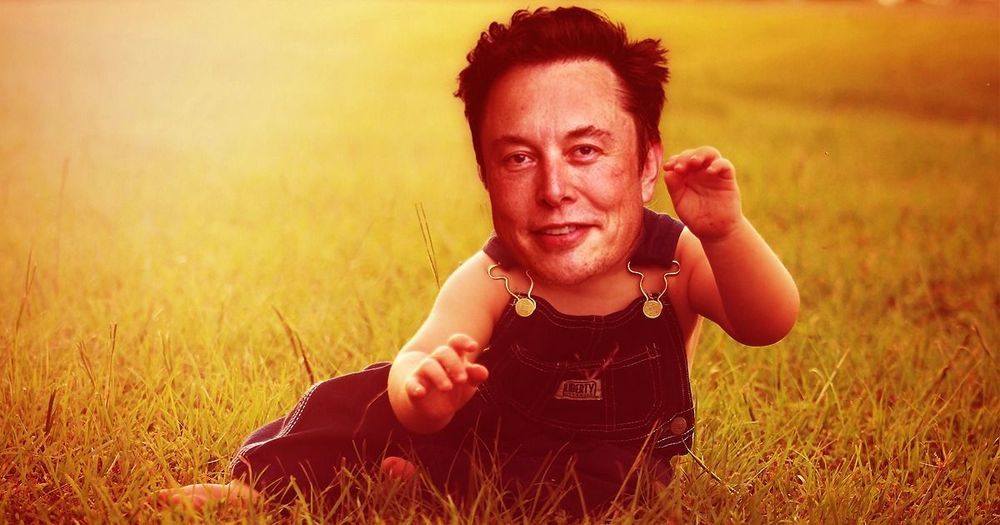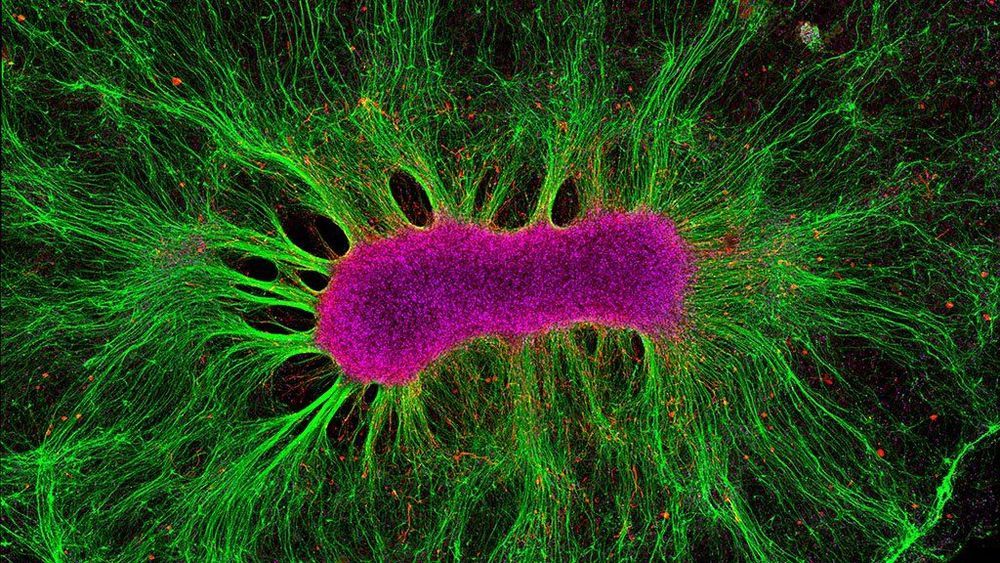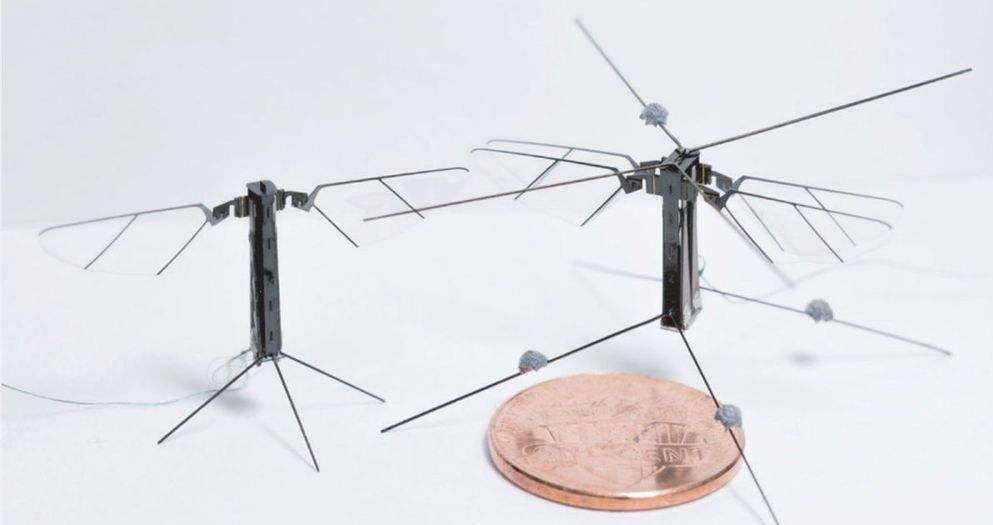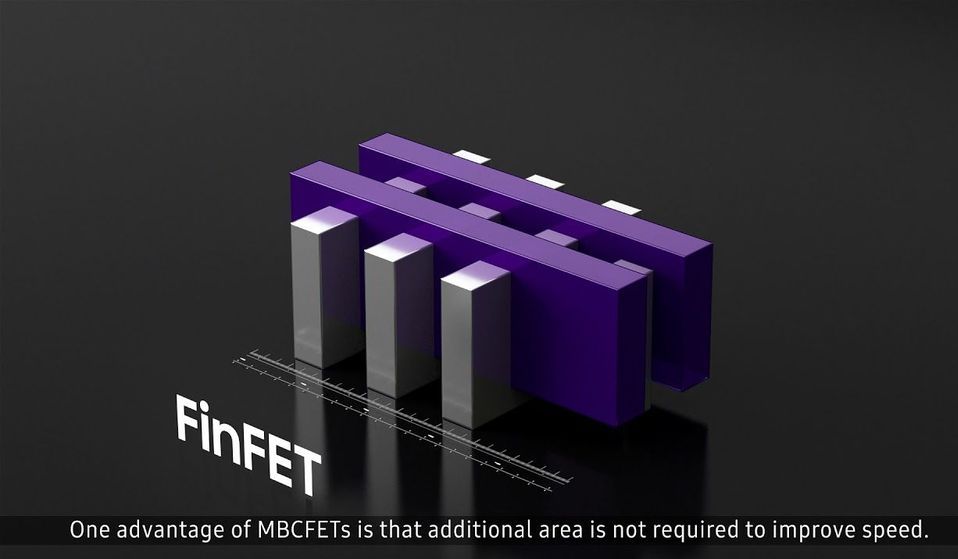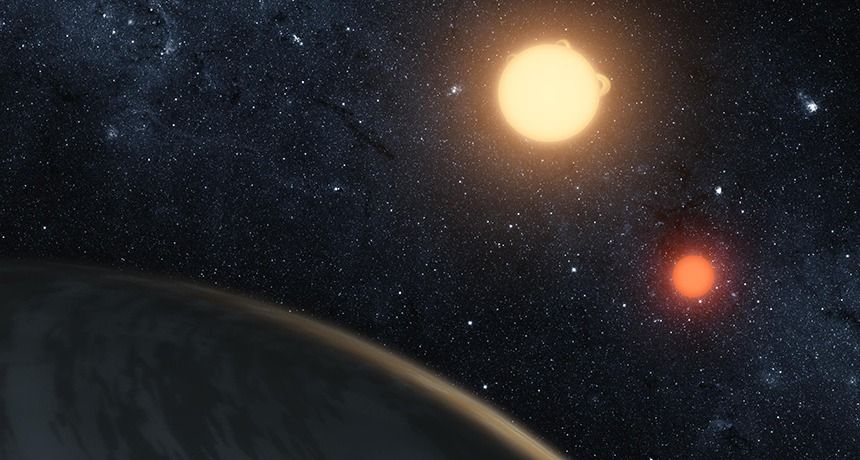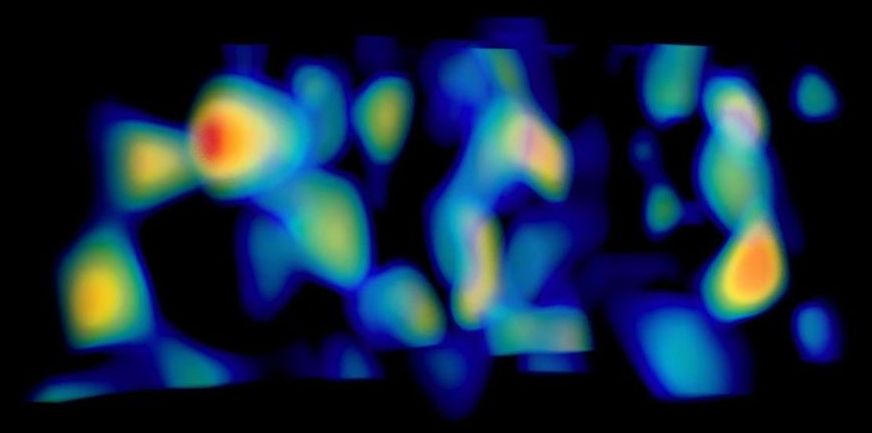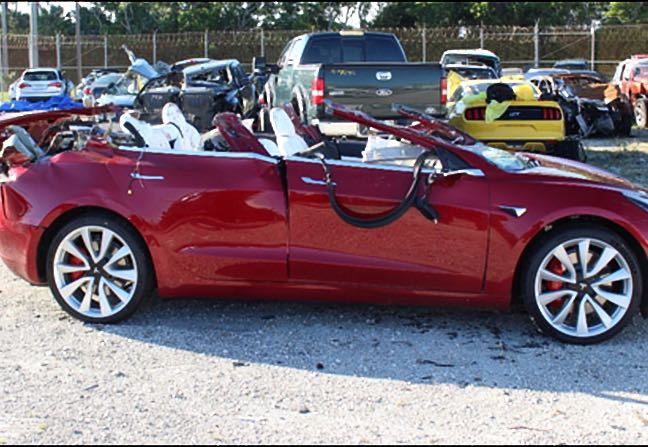May 18, 2019
Hundreds of Americans Are Naming Babies “Elon” and “Tesla”
Posted by Quinn Sena in categories: sustainability, transportation
Car Culture
Other automotive name choices include “Ford,” “Bentley,” and “Audi,” as Mashable reports, accounting for thousands of innocent newborns.
Whether the decision will help the car company overcome hurdles like hitting the lowest stock valuation since 2017 or dealing with multiple reports of Teslas randomly catching fire is unknown.
Continue reading “Hundreds of Americans Are Naming Babies ‘Elon’ and ‘Tesla’” »
